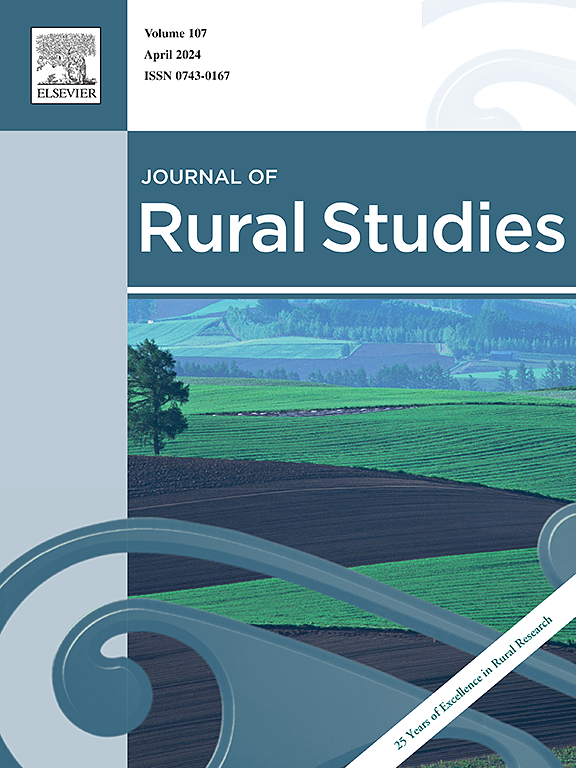A policy and practice divide? Zambia's artisanal and small-scale mining sector and the Sustainable Development Goals
IF 5.7
1区 社会学
Q1 GEOGRAPHY
引用次数: 0
Abstract
Zambia continues to promote resource-based development through mineral exploration and exploitation. Whilst expanding copper production remains a top priority, recent Government announcements have signalled an intent to diversify export revenue by scaling-up exploitation of other minerals (e.g. gemstones, manganese, gold). The development of its artisanal and small-scale mining (ASM) sector has been pinpointed as a strategy to do so. This paper investigates, firstly, whether Zambia's policy ambitions for the sector are, in theory, compatible with achieving the Sustainable Development Goals (SDGs); and secondly, to what extent it has, in practice, achieved progress. An original framework was developed to map Zambia's ASM-related policies to the SDGs. We find that, on paper, the ASM policy framework is compatible with most SDGs. However, an overemphasis on large-scale mining and economic growth persists, whilst other positive socioeconomic and environmental synergies are missed. Additionally, a new sector bias has emerged towards artisanal and small-scale gold mining, with less attention paid to other minerals in the policy framework. The findings also reveal that some policies with high social impact potential have, so far, been inadequately implemented. Consequently, issues relating to availability and accessibility of finance, inadequate equipment and training, unsafe mining conditions, gender and child labour concerns, as well as poor environmental performance, persist. The study concludes that Zambia's ASM sector is still far from achieving the SDGs and reiterates the need for targeted policies that foster socioeconomic transformation of the sector.
政策和实践的分歧?赞比亚的手工和小规模采矿部门与可持续发展目标
赞比亚继续通过矿产勘探和开采促进以资源为基础的发展。虽然扩大铜产量仍然是首要任务,但政府最近的公告表明,打算通过扩大其他矿物(如宝石、锰、黄金)的开采来使出口收入多样化。发展其手工和小规模采矿部门已被确定为实现这一目标的一项战略。本文首先调查了赞比亚对该部门的政策抱负在理论上是否与实现可持续发展目标(SDGs)相一致;其次,它在实践中取得了多大程度的进步。制定了一个原始框架,将赞比亚的asm相关政策与可持续发展目标相结合。我们发现,在纸面上,ASM政策框架与大多数可持续发展目标兼容。然而,过度强调大规模采矿和经济增长仍然存在,而错过了其他积极的社会经济和环境协同作用。此外,出现了一种新的部门倾向于手工和小规模金矿开采,在政策框架中对其他矿物的注意较少。调查结果还显示,迄今为止,一些具有高社会影响潜力的政策尚未得到充分实施。因此,有关资金的提供和获得、设备和培训不足、采矿条件不安全、性别和童工问题以及环境绩效差等问题仍然存在。该研究的结论是,赞比亚的ASM行业仍远未实现可持续发展目标,并重申需要制定有针对性的政策,促进该行业的社会经济转型。
本文章由计算机程序翻译,如有差异,请以英文原文为准。
求助全文
约1分钟内获得全文
求助全文
来源期刊

Journal of Rural Studies
Multiple-
CiteScore
9.80
自引率
9.80%
发文量
286
期刊介绍:
The Journal of Rural Studies publishes research articles relating to such rural issues as society, demography, housing, employment, transport, services, land-use, recreation, agriculture and conservation. The focus is on those areas encompassing extensive land-use, with small-scale and diffuse settlement patterns and communities linked into the surrounding landscape and milieux. Particular emphasis will be given to aspects of planning policy and management. The journal is international and interdisciplinary in scope and content.
 求助内容:
求助内容: 应助结果提醒方式:
应助结果提醒方式:


